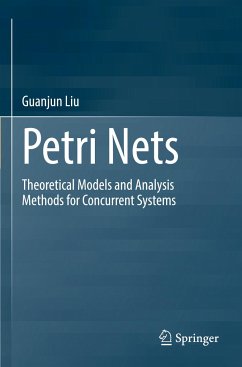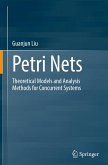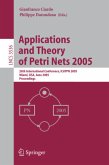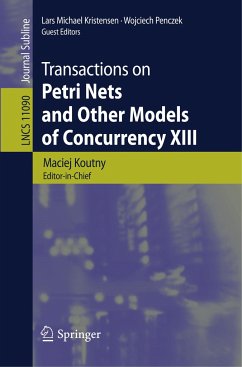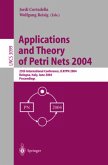This book provides essential information on Petri net theory and Petri net-based model checking methods. As for the Petri net theory, it involves the interleaving semantics and concurrency semantics of elementary net systems, some important net structures (e.g., invariant, repetitive vector, siphon, and trap), some classical net subclasses with special structures (e.g., state machine, marked graph, free-choice net,asymmetric-choice net, normal net, and weakly persistent net), and some basic properties (e.g., reachability, liveness, deadlock, and soundness). It also involves four high-level Petri nets: knowledge-oriented Petri nets, Petri nets with insecure places, time Petri nets, and plain time Petri nets with priorities, focusing on different fields of application. As for the model checking methods, this book introduces readers to computation tree logic (CTL), computation tree logic of knowledge (CTLK), and timed computation tree logic (TCTL), as well as Petri net-based methods for checking them. The basic principle of the reduced ordered binary decision diagram (ROBDD) is employed to compress the state space used in these model checking procedures. The book also covers time-soundness for time Petri nets and secure bisimulation for Petri nets with insecure places, both of which are based on the bisimulation theory. As such, it offers an introduction to basic information on bisimulation theory.

